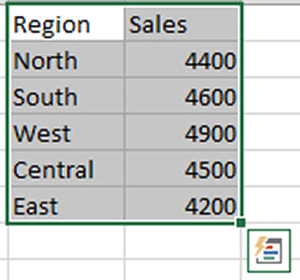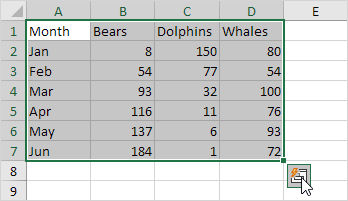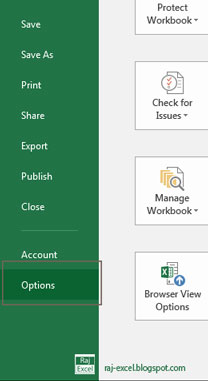
Then choose one of three options (here, Line).

Sparklines are great for representing trends within a cell, and you can easily add them by using the Quick Analysis tool. Now, your data is formatted as a table and has all the functionality of an Excel table. In the Menu, click on Tables and choose one from the list (here, Table).To do that select the data range and press the Quick Analysis button. Using the Quick Analysis tool, you can make tables to sort and filter data.In this example, the Sum option totals the numbers in each column. Choose the appropriate options for your data range.Then click on the Quick Analysis button.You can use the Quick Analysis tool to quickly calculate totals. This opens the Insert Chart window and in it, you can find the list of all charts. If the charts from the list don’t fit your needs, you can find more options by clicking on the More button.

Choose the chart that best represents your data (here, Cluster chart).Īfter clicking on it, the chart is added to your sheet.With the Quick Analysis tool, you can also make charts. When you decide on a particular option, click on it. You can hover over each option to see how it would affect your data. It’s easy to try out a few options if you’re not sure what fits. In this example, the best solution was Color Scales.


This tutorial will demonstrate how to use the Quick Analysis tool in Excel.


 0 kommentar(er)
0 kommentar(er)
